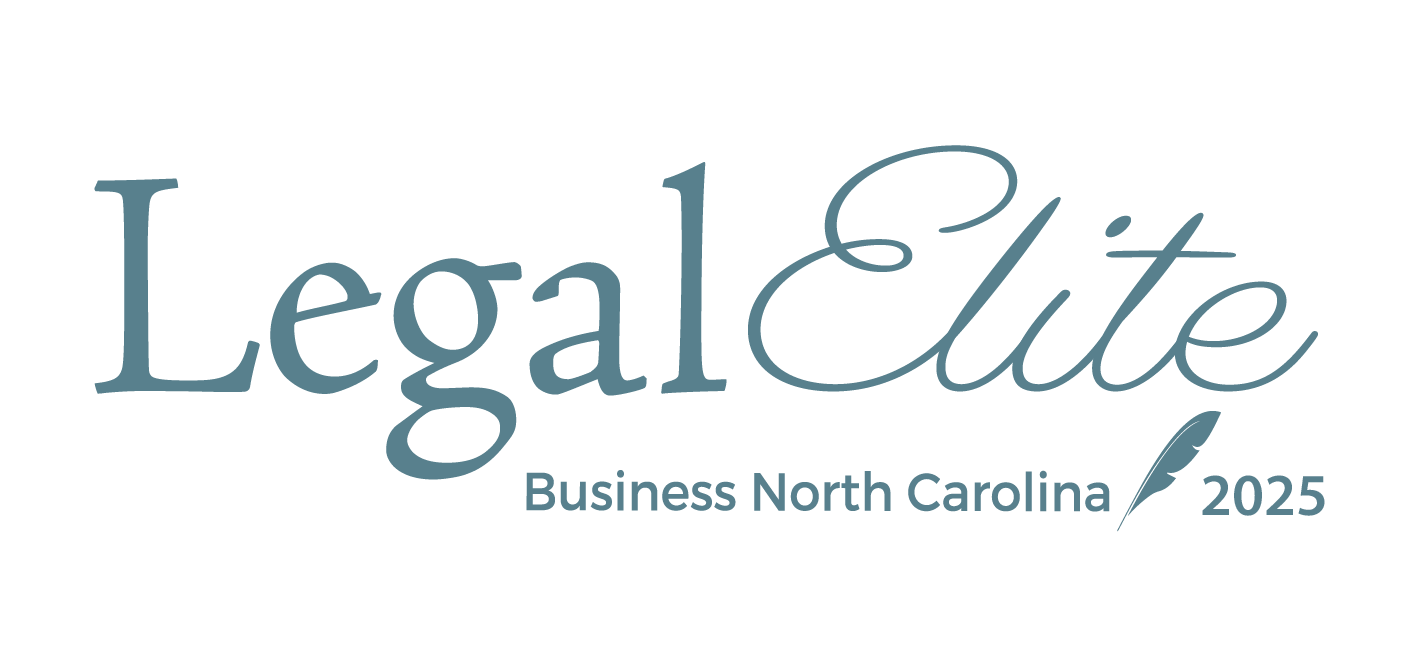The COVID-19 pandemic has sent many of us out of our office space and into our homes, working from kitchen tables or spare bedrooms.
While many employees have adjusted well to new routines and environments, others are anxious to return to the familiar environs of their more formal offices. As state and local restrictions begin relaxing, now is the time to plan for the first phase of reopening your business. The evolving nature of responding to the virus as we learn more means that your plan should be fluid and flexible. As our daily understanding of the circumstances evolves, so should your plan.
When planning for a "Phase One Return to Work," one question is on everyone's mind: How do you maintain healthy business operations and a healthy work environment, while reducing the risk of virus transmission among employees?
Key Considerations
There are several considerations when determining how to keep employees and clients safe. Best practices start with reviewing, understanding, and implementing CDC guidelines. Consider your own work environment and apply CDC current best practices to your particular workforce, staying abreast of changing CDC recommendations. Also stay up-to-date on any guidance and requirements issued by your state and local governments.
At a minimum, you will want to discuss and implement policies and procedures to protect your clients and visitors. To comply with social distancing, post signage asking visitors to remain six feet from the receptionist, and provide hand sanitizer in your lobby. Limit office visits from clients to essential needs, and encourage social distancing practices by removing half of the chairs from conference rooms. Provide tissues and hand sanitizer in conference rooms, and discourage handshaking.
Internally, your Phase One of this process begins with actively encouraging sick employees to stay home. Employees who have COVID-19 symptoms such as fever, cough, or shortness of breath should notify his or her supervisor, and should not return to work until the criteria to discontinue home isolation are met, in consultation with healthcare providers.
Other measures to consider in Phase One of a Return-to-Work Plan include:
- Encouraging telework for employees who fall into high-risk categories or have childcare issues.
- If telework is not an option, or your employees are eager to return to an office environment, draft a plan so that no more than 50% of your work force is in the office at any one time. Create a Team A and a Team B, for example, and have them rotate into the office on a weekly or more frequent basis.
- Post signage internally, reminding employees to maintain social distancing standards, immediately wash hands with warm water and soap for at least 20 seconds upon entry to the building, and to continue washing hands throughout the day.
- Consider a non-invasive temperature check for each employee. If an employee records a temperature above 100.4°, he or she should leave the building and return home. The temperature reading should be kept confidential, and you should ensure that your plan adheres to ADA and HIPAA privacy regulations. There are affordable options, such as no-touch infrared thermometers, on the market, but supplies are low and shipping times may be long. Order now to have on hand as soon as feasible.
- Provide the option to wear personal protective equipment (PPE) and provide that PPE, such as gloves and masks, particularly to your employees who are routinely exposed to clients, visitors, and other public. As with thermometers, shipping times and availability may be limited, and these supplies should be ordered as soon as possible to prevent delays in receipt.
- Designate staff who will frequently clean and disinfect all common areas, and determine set times for this to occur throughout the day.
- Have hand sanitizer and disinfecting wipes placed throughout your environment; remember high-touch areas such as copy and printer stations, and don't forget vending machines and other areas that may not be as obvious.
- If your business engages a cleaning company to clean after-hours, have a conversation with them regarding measures they are taking while on your property and require them to implement additional safeguards as necessary.
- Work with vendors to establish limited access protocol, and restrict deliveries to service entrances.
- Continue to hold internal meetings via videoconference programs such as Zoom, and refrain from in-person meetings. Discourage "pop-in" visits, defaulting instead to phone calls and emails.
- Prop open internal doors during work hours to decrease touch surfaces.
- Limit the use of shared kitchen facilities to one person at a time, and provide disinfecting wipes so that employees can wipe down handles and knobs after they use refrigerators and other kitchen equipment.
- Encourage employees to bring lunch from home, and allow them to eat lunch at their desks.
- Use only disposable cups and single use coffee and tea service to minimize the number of people touching any item.
- Remove some of the chairs in your break rooms to enforce social distancing.
- Limit the number of people in each elevator to two people.
Lastly, recognize that some employees may feel fearful of returning to an office environment. Communicate for confidence, transparently and often. Actively listen and have a conversation with any employee who is afraid to return. What are their specific concerns? Are they reasonable? Communicating and listening to your employees shows them that you value them. While the CDC website and resources such as the Society for Human Resource Management (SHRM) provide excellent guidance, the source of some of your best, most creative solutions may already be on your payroll.
Most of us at Ward and Smith, P.A. have been working remotely since mid-March. As we prepare to bring our own workforce back onsite, we thought it would be helpful to share some of the practical steps included in our plan. If you have any specific questions regarding measures that you should be taking in your particular situation, one of our COVID-19 Team attorneys would be happy to speak with you.








